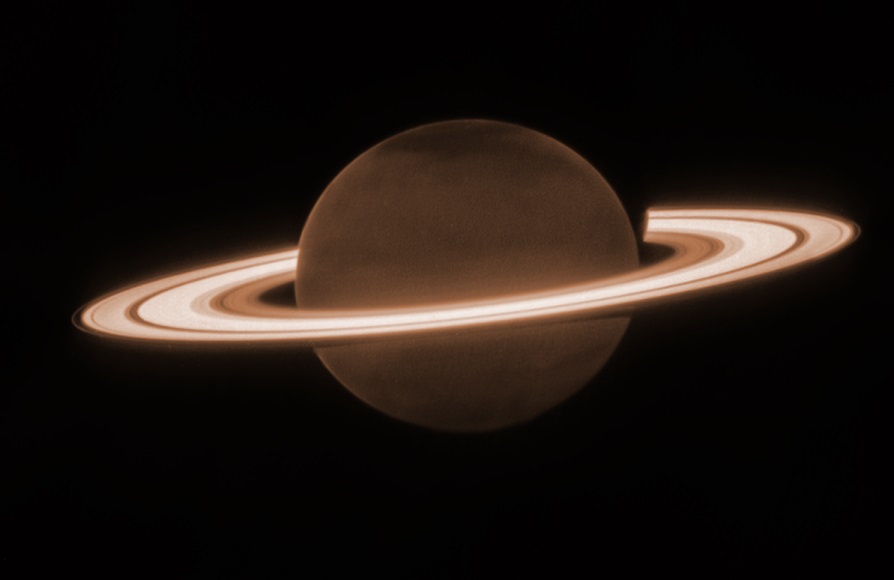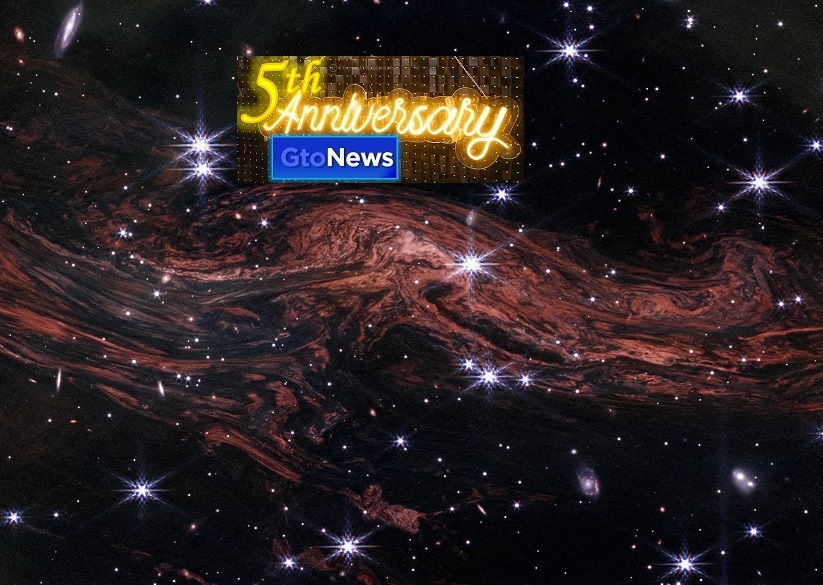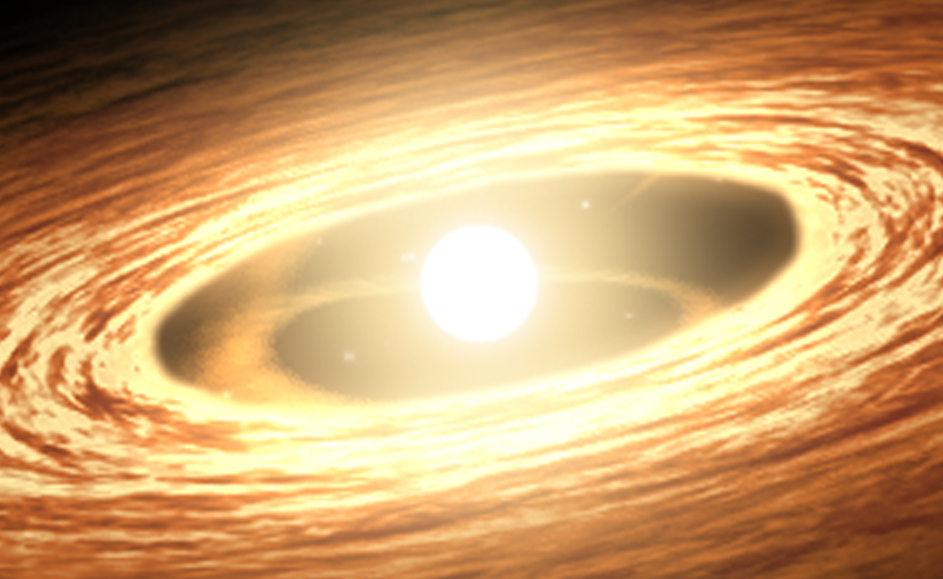On June 25, 2023, NASA’s James Webb Space Telescope turned to famed ringed world Saturn for its first near-infrared observations of the planet. The i
On June 25, 2023, NASA’s James Webb Space Telescope turned to famed ringed world Saturn for its first near-infrared observations of the planet. The initial imagery from Webb’s NIRCam (Near-Infrared Camera) is already fascinating researchers.
Saturn itself appears extremely dark at this infrared wavelength observed by the telescope, as methane gas absorbs almost all of the sunlight falling on the atmosphere. However, the icy rings stay relatively bright, leading to the unusual appearance of Saturn in the Webb image.
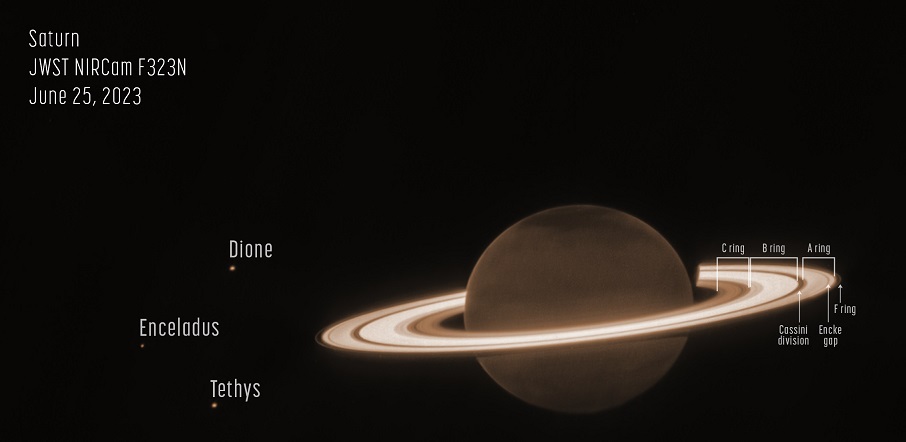
This image was taken as part of Webb Guaranteed Time Observation program 1247. The program included several very deep exposures of Saturn, which were designed to test the telescope’s capacity to detect faint moons around the planet and its bright rings. Any newly discovered moons could garner important clues about the flow of material in the current Saturn system, as well as its past history.
Saturn’s atmosphere also shows surprising and unexpected detail. This is the first time that the planet’s atmosphere has been seen with this clarity at this particular wavelength (3.23 microns), which is unique to Webb. The large, dark, diffuse structures in the northern hemisphere do not follow the planet’s lines of latitude, so this image is lacking the familiar striped appearance that is typically seen from Saturn’s deeper atmospheric layers.
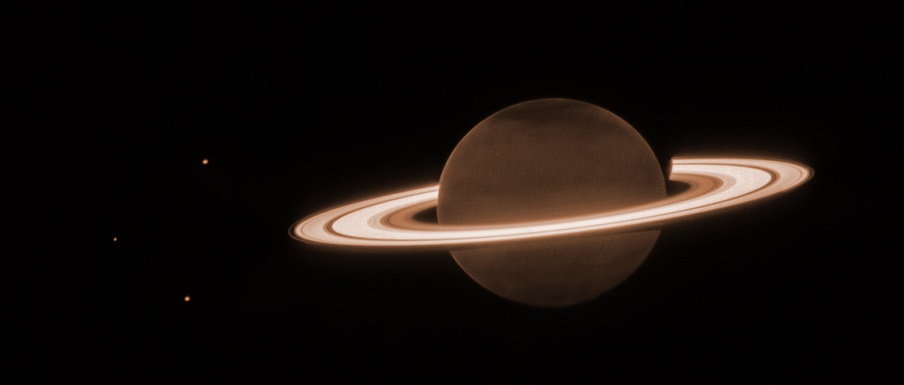
When comparing the northern and southern poles of the planet in this image, the differences in appearance are typical with known seasonal changes on Saturn. For example, Saturn is currently experiencing northern summertime, with the southern hemisphere emerging from the darkness at the end of a winter. However, the northern pole is particularly dark, perhaps due to an unknown seasonal process affecting polar aerosols in particular.
A tiny hint of brightening towards the edge of Saturn’s disk might be due to high-altitude methane fluorescence (the process of emitting light after absorbing light), emission from the trihydrogen ion (H3+) in the ionosphere, or both; spectroscopy from Webb could help confirm this.
All Credit: NASA, ESA, CSA


